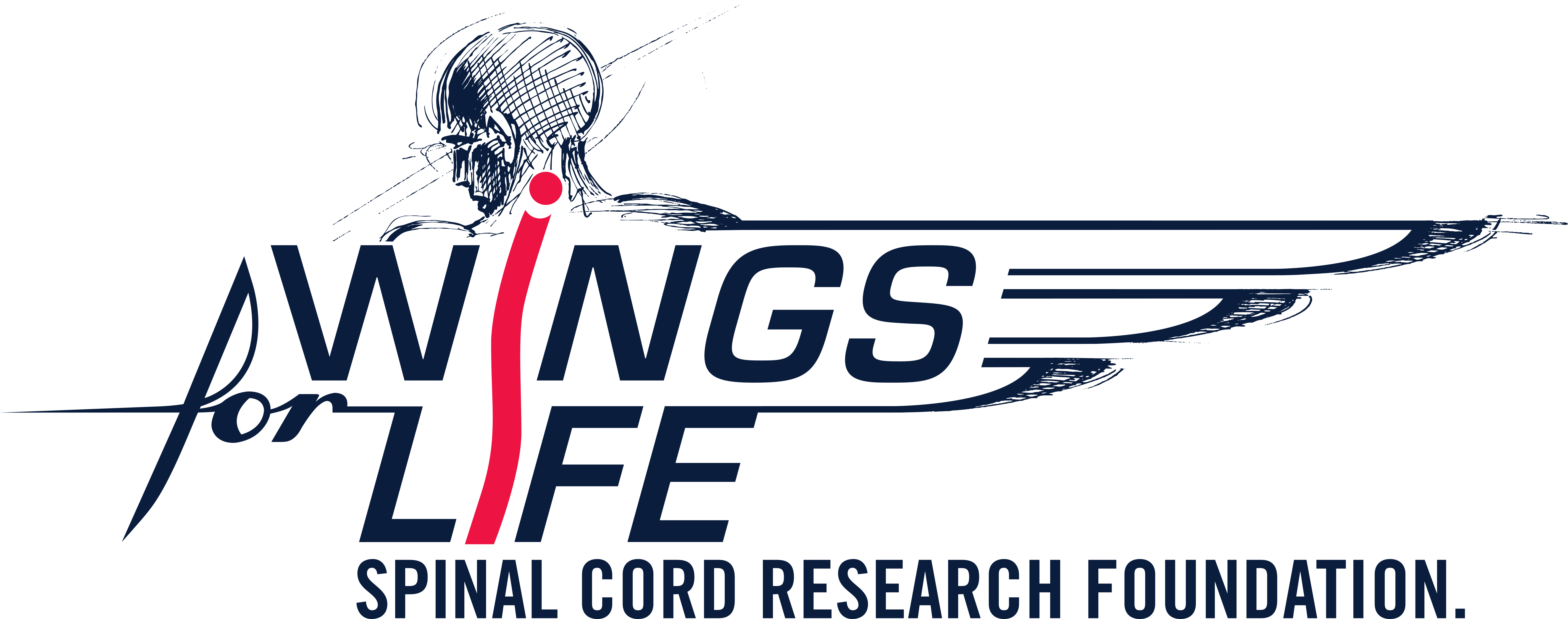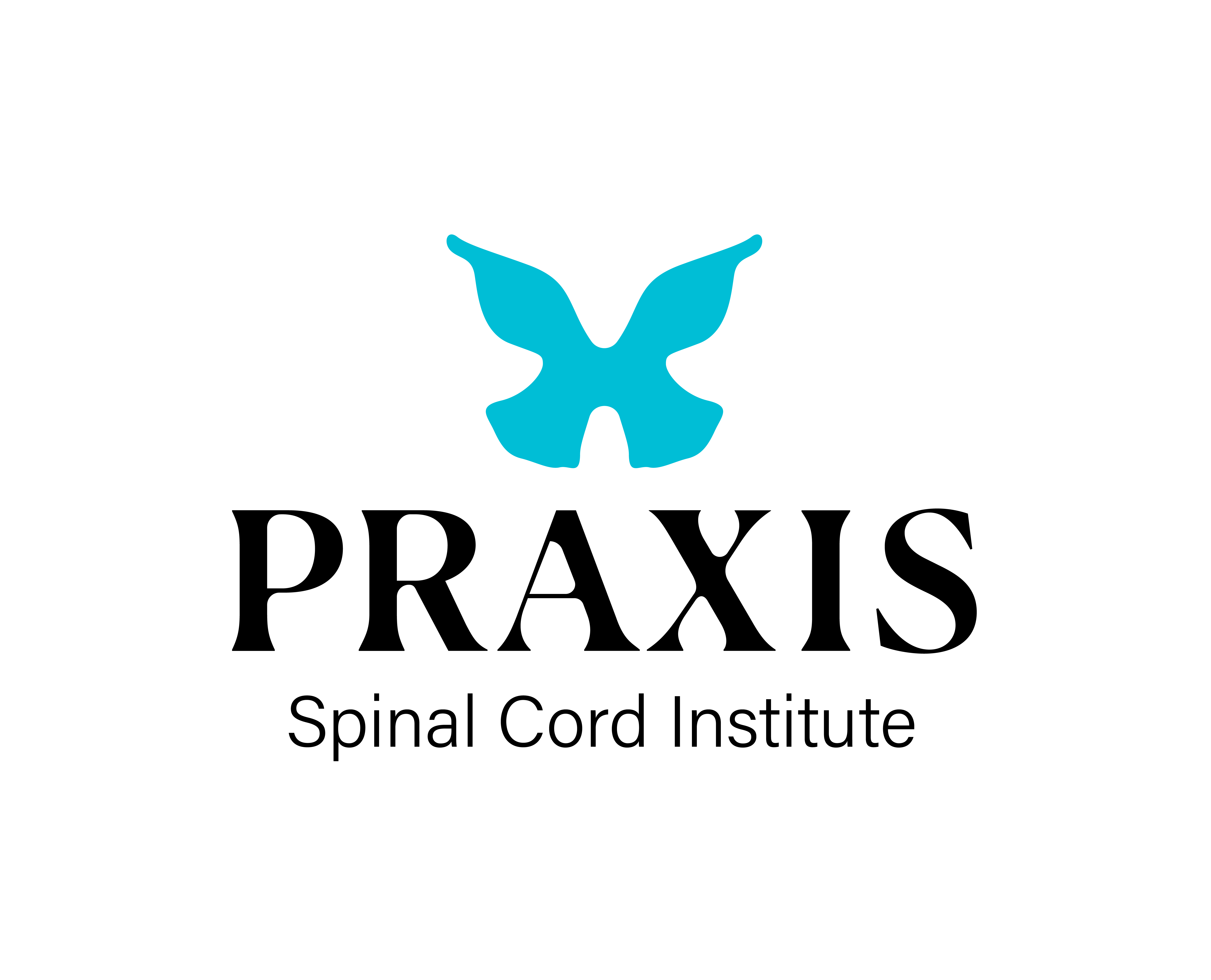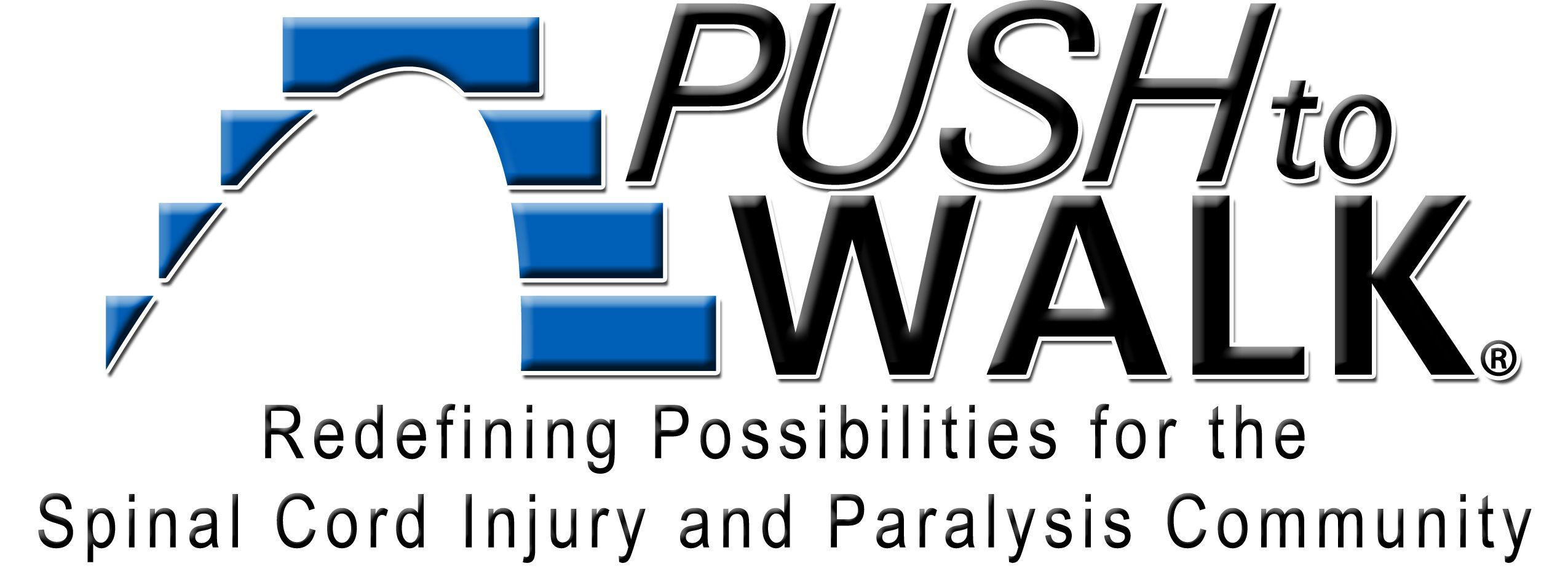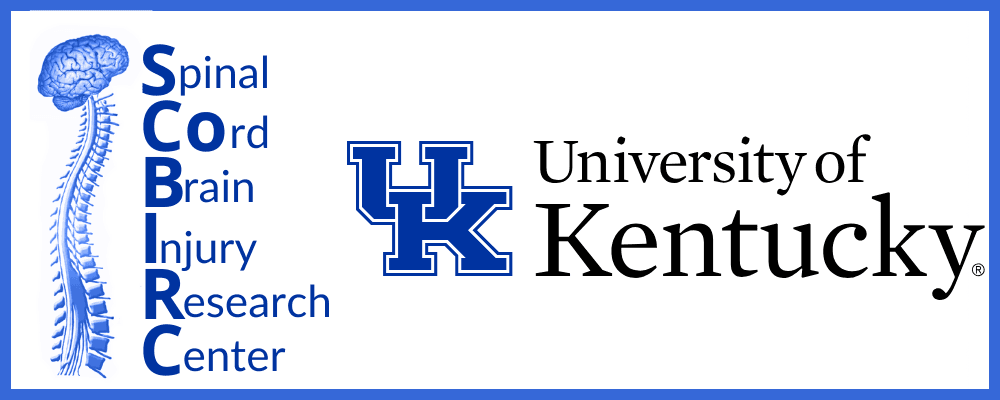
Andrew Matamoros, Drexel Baas Lab
Most studies on microtubules in the nervous system have focused on the dynamic properties of the microtubules, with stabilization by taxol and related drugs being proposed as a therapeutic for nerve injury. However, while initial indications were hopeful, more recent observations have called into question whether such drugs directly help nerves to regenerate or if they only provide a small advantage by reducing proliferation within the glial scar. In particular, there is concern that microtubule-stabilizing drugs will impede the ability of the regenerating axon to navigate to its target, given that microtubule dynamics are known to be important for growth cone guidance. Even so, microtubules remain a worthy target, given that they are downstream of many of the growth factors and cell signaling pathways that have already been shown to be relevant to nerve regeneration. We hypothesize that a better approach than microtubule stabilization may be to boost the levels of the more dynamic component of the microtubule mass, which is more akin to how axons grow and navigate during development. Previously we showed in work on fetal neurons that fidgetin is a microtubule-severing protein that pares down the dynamic portions of microtubules in the axon, such that depleting fidgetin results in an increase in dynamic microtubule mass and improved axon growth. Using AAV5 to transduce adult dorsal root ganglion neurons with fidgetin shRNA, we have now tested whether fidgetin knockdown assists axon regeneration in a novel in vitro system in which the cells are plated on a laminin substrate with spots of aggrecan, which is a growth-inhibitory component of glial scarring after spinal cord injury. When dried onto glass coverslips, the spots create a gradient of aggrecan and lamanin that increases from the inside-out. Fidgetin knockdown resulted in faster-growing axons off the spots, as well as more crossing of axons through the laminin-aggrecan border, in both directions. With fidgetin depleted, axons of neurons on the spots grew against the concentration gradient of aggrecan, unlike their control counterparts. In addition, the fidgetin-depleted axons had less dystrophic growth cones than controls, with microtubules that invaded into the peripheral regions of broader growth cones than controls. These in vitro results bode well for improved regeneration in an in vivo model for nerve regeneration that we are currently pursuing.
Authors*A. J. MATAMOROS1, D. WU2, V. J. TOM2, L. BAKER3, D. SHARP3, P. W. BAAS2;
1Mol. and Cell. Biol. and Genetics/Neurobiology, Drexel Col. of Med., Philadelphia, PA; 2Neurobio. and Anat., Drexel Univ. Col. of Med., Philadelphia, PA; 3Albert Einstein Col. of Med., Bronx, NYDisclosures A.J. Matamoros: None. D. Wu: None. V.J. Tom: None. L. Baker: None. D. Sharp: None. P.W. Baas:None.
Grant Support
NIH 2R01NS028785-25
Craig H. Neilsen ID#259350



























